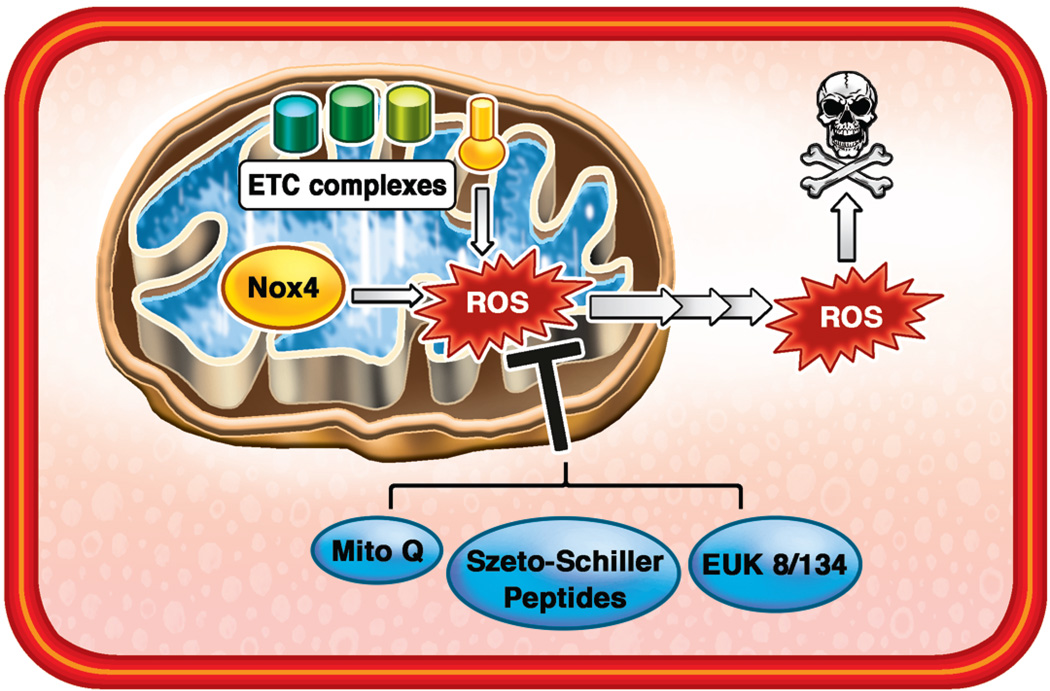Figure 2. Targeting Mitochondrial ROS Production.
Mitochondrial ETC complexes and Nox4 enzyme generate excessive amounts of ROS in failing hearts. Moreover, mitochondria are very sensitive to oxidative stress and their function is severely impaired in HF. While non-specific antioxidants, such as vitamin E, show no benefit in HF, targeting of ROS-scavenging molecules to mitochondria is protective. Various approaches to targeting antioxidant compounds to mitochondria, including TPP conjugation (MitoQ), Szeto-Sciller peptides, and synthesis of novel MnSOD/Catalase mimetics, should be explored in the development of HF treatments.

